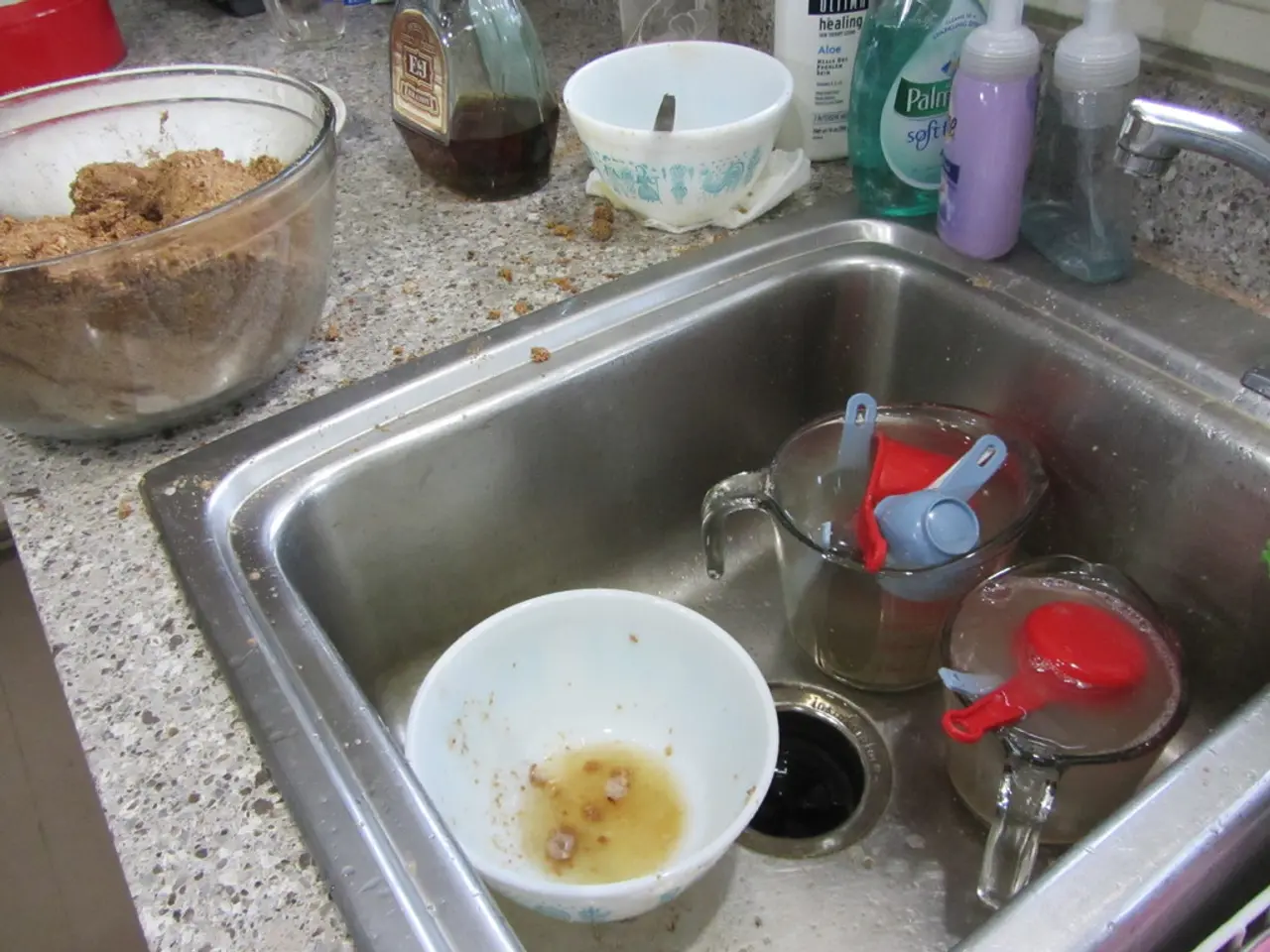Unusual Biological Technique Yields Teeth Harder Than Steel Alloy
Chiton teeth, a remarkable feature of marine mollusks, have long been admired for their exceptional hardness and wear resistance. These teeth, composed primarily of magnetite nanorods and organic material, surpass the strength of human tooth enamel and various high-performance engineered materials like stainless steel and zirconium oxide [1][4]. A new study, published on August 7 in Science, has delved into the underlying mechanisms of this remarkable strength and durability [2].
The Key Players: RTMP1 and Magnetite Formation
At the heart of chiton teeth's ultrahard nature lies a unique protein called Radular Teeth Matrix Protein 1 (RTMP1). This protein plays a crucial role in directing iron oxide deposition, which forms the magnetite nanorods within the teeth [3][4].
The RTMP1 proteins are transported into developing teeth via microscopic tubules, where they interact with stored iron in ferritin to create the magnetite nanorods. This biomineralization process results in teeth that are both hard and stiff [1][3].
Rapid Growth and Regeneration
One of the most fascinating aspects of chiton teeth is their rapid growth. Chitons grow new teeth every few days at room temperature, with precision at the nanoscale. This process allows them to maintain their feeding efficiency and adapt to their environment [1].
Paving the Way for Advanced Materials
The study of chiton teeth formation could inspire new methods in additive manufacturing and the synthesis of advanced materials. Understanding how chitons create their ultrahard teeth could lead to the development of novel materials that mimic these biological processes, potentially resulting in materials with superior properties such as enhanced hardness and durability [3].
The study's findings also suggest the possibility of developing manufacturing processes that are more environmentally friendly and sustainable compared to traditional high-temperature methods [1]. Furthermore, new approaches toward additive manufacturing (3D printing) could be developed based on chiton teeth research [2].
The team, led by materials scientist David Kisalilus from the University of California, believes that further investigations into chiton teeth could lead to methods for spatially and temporally controlled synthesis of various materials, such as batteries, fuel cell catalysts, and semiconductors [2].
A Glimpse into the Future of Materials Science
The ultrahard structures in chiton teeth grow back after a certain amount of wear. This regenerative quality, combined with their remarkable properties, makes chiton teeth a fascinating subject for further research. The chiton's mollusk body may seem visually unassuming, but its teeth exhibit properties that could lead to the next big thing in materials science [5].
According to the study's co-author, David Kisalilus, chitons produce their teeth at room temperature with nanoscale precision [5]. New teeth in chitons grow into neat rows of ultrahard structures due to the interactions of RTMP1 and other proteins [5]. Prior to this study, it was unknown how and when these proteins interacted with chiton teeth [5].
The study's findings present a fantastic opportunity for humans to learn from nature and potentially make advancements in materials science. As Kisalilus puts it, "The chiton's teeth are a fantastic example of how nature can inspire innovative solutions to some of our biggest challenges in materials science" [6].
- The exceptional hardness and wear resistance of chiton teeth, a marvel in marine mollusks, surpasses the strength of human tooth enamel and various high-performance engineered materials like stainless steel and zirconium oxide.
- Gizmodo recently reported on an extensive study published in Science, revealing the underlying mechanisms behind the remarkable strength and durability of chiton teeth.
- The study unveiled the crucial role of Radular Teeth Matrix Protein 1 (RTMP1) in directing iron oxide deposition, forming magnetite nanorods within the teeth, and the biomineralization process that results in both hard and stiff teeth.
- The study offers insights into possible advancements in additive manufacturing, materials science, and self-development, utilizing the technological principles of chiton teeth to develop novel materials with superior properties like enhanced hardness and durability.




